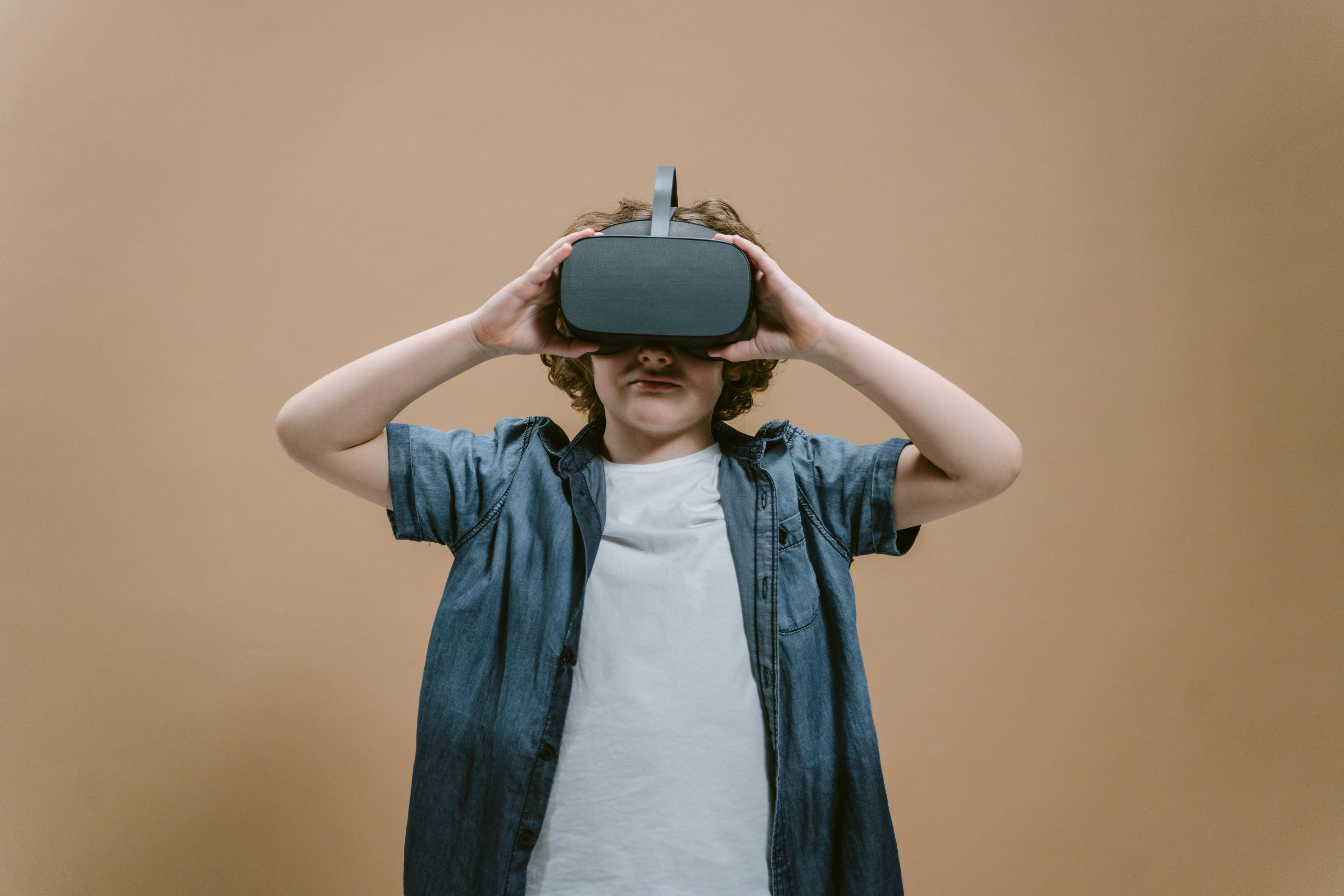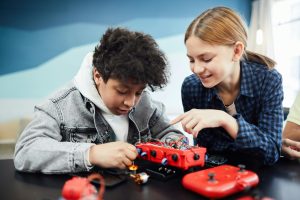Software-Defined Learning: The New Frontier in Educational Tech
The education industry has been evolving and progressing rapidly, especially with the rise of technology. From virtual classrooms to online assignments, technology has transformed the way we learn and teach. However, the latest innovation in educational technology, Software-Defined Learning, is taking the learning experience to a whole new level.
The Need for Software-Defined Learning
With traditional classroom teaching, one size fits all approach is commonly adopted, where all students receive the same instruction regardless of their learning capabilities. This has proven to be ineffective as students have different learning styles and pace. Additionally, the traditional method does not cater to individual needs and lacks personalization, making it challenging for students to remain engaged and motivated.
Moreover, with the ongoing global pandemic, the remote learning approach has become the new norm, making it even more crucial for educators to adopt innovative technology in education. This is where Software-Defined Learning comes into play.
Defining Software-Defined Learning
Software-Defined Learning (SDL) is a transformative approach to learning that leverages technology and data to deliver personalized learning experiences. It uses artificial intelligence (AI) and machine learning (ML) algorithms to adapt to students’ individual learning styles, preferences, and pace, providing a tailored and flexible learning experience.
SDL is not just about using software tools in the classroom but rather a holistic approach that involves integrating different elements, such as curriculum, assessment, and AI-driven algorithms, to create a seamless and effective learning experience.
The Benefits of Software-Defined Learning
1. Personalized Learning
One of the most significant advantages of SDL is its ability to provide personalized learning experiences. By using AI and ML algorithms, SDL can analyze each student’s strengths, weaknesses, and learning style, and adapt the instruction accordingly. This ensures that students learn at their own pace, making the learning process more effective and enjoyable.
2. Flexibility and Accessibility
SDL breaks the barriers of traditional classroom teaching, allowing students to learn anytime, anywhere, and at their convenience. With online resources, students can access course materials, videos, and assignments on any device, making learning more convenient and accessible, especially for students who live in remote areas or have special needs.
3. Enhanced Collaboration
Software-Defined Learning promotes collaborative learning as it allows students from different locations to interact and work together on projects and assignments. This not only enhances teamwork and communication skills but also exposes students to diverse perspectives and cultures.
4. Real-time Feedback and Assessment
SDL offers the advantage of real-time evaluation and feedback. This means that students’ progress can be monitored continuously, and feedback can be provided promptly. This personalized feedback not only helps students improve but also motivates and engages them in the learning process.
The Future of Education with Software-Defined Learning
As the demand for personalized and flexible learning experiences increases, Software-Defined Learning is expected to revolutionize the education industry. This technology is continuously evolving, and with the advancements in AI and ML, SDL has the potential to transform education like never before.
Moreover, SDL can also help bridge the gap in education by providing quality education to students in developing countries and underprivileged communities. With its ability to transcend physical boundaries, SDL has the power to make education accessible to all.
In Conclusion
Software-Defined Learning is the new frontier in educational technology, bringing forth a personalized, flexible, and collaborative learning experience. With its promise of improving learning outcomes, enhancing student engagement, and transforming education, it is undoubtedly a game-changer in the world of education. As SDL continues to evolve, its potential to shape the future of education is limitless.










